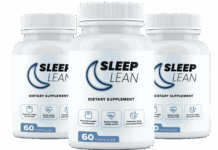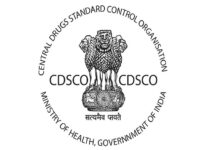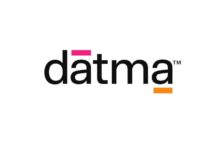The Centers for Disease Control and Prevention on October 19 advised adults in the United States to take Covid boosters from Novavax, even those who had received their primary round of doses from Pfizer, Moderna, or Johnson & Johnson.
Adults 18 years of age and older can get Novavax as their third dose six months after completing the primary series of a COVID vaccination that is permitted in the United States, according to information provided by the Food and Drug Administration to healthcare professionals.
Just hours after the FDA approved the shots, the CDC gave pharmacies the official go-ahead to begin giving the Novavax boosters. The Novavax proposal was made public by Dr. Evelyn Twentyman, a CDC official, during a gathering of the organization’s independent vaccine specialists. Without discussion or a vote from its impartial experts, the CDC recommended Novavax’s boosters.
The booster from Novavax might play a crucial role in the nation’s vaccination efforts if it is approved. Due to the large number of people who had already had Pfizer or Moderna vaccinations, Novavax’s vaccine market was previously restricted because it was only approved as a two-dose primary series. In contrast to the more than 200 million Americans who have received other vaccines, just tens of thousands of people in the U.S. have received the Covid vaccine from Novavax.
In early trade, the company’s shares increased by almost 6%, but by midday, they had stabilised.
Millions more people can now receive the vaccine developed by the Maryland biotech company thanks to the FDA’s decision to permit patients who have already had two doses of Pfizer or Moderna to get Novavax as their third injection. The CDC reports that nearly 50% of people who had their first series have not yet received their first booster dose. According to Stanley Erck, CEO of Novavax, offering another vaccine option may assist in enhancing COVID-19 booster vaccination rates for these adults.
According to data from the CDC, just 35,300 individuals have so far received the primary round of vaccinations offered by Novavax in the United States. In contrast, so far in the United States, around 372.5 million Pfizer shots, 235.8 million Moderna dosages, and 18.9 million Johnson & Johnson shots have been given.
However, allowing for mix-and-match broadens the market for Novavax to include the nearly 100 million US adults who have finished their main series but have not yet received a booster dose. While millions of Americans have already received Pfizer and Moderna’s new bifunctional shots that attack the dominant omicron BA.5 subvariant and the initial strain of COVID that originated in Wuhan, China in 2019, the FDA has just approved Novavax’s boosters.
Because they target omicron BA.5, which is currently responsible for the majority of infections, Pfizer and Moderna’s revised boosters are expected to offer greater protection against illness and infection this winter than the initial generation of vaccinations did.
Although the recently authorised booster from Novavax was designed to combat the original strain of COVID, the company thinks that its protein technology offers reliable defence against other virus variations. Instead of the more recent messenger RNA platform utilised by Pfizer and Moderna, Novavax’s shots rely on more traditional technology employed in other vaccinations for decades.
In studies that followed adults who got the third shot 8 to 11 months after having their Novavax primary series, Novavax claimed that its booster doses induced robust antibodies against omicron BA.1, BA.2, and the dominant BA.5 subvariant. According to the business, participants who had Moderna, Pfizer, or Johnson & Johnson as their primary series also experienced an immunological reaction to the booster dosage.
Chief Medical Officer of Novavax, Dr. Filip Dubovsky, stated that the company is certain that its shots will offer enduring immunity even as the virus continues to evolve. They believe the medicine has a wide immunological response, so they won’t be pursuing the virus every time a new variety appears. According to Dubovsky, although it needs to be demonstrated, such is our theory.
In accordance with the Centers for Disease Control and Prevention, the most frequent side effects of Novavax’s vaccine are pain at the injection site, exhaustion, headache, muscle soreness, nausea, and vomiting.
The FDA has cautioned that the first series of Novavax appears to include a risk of myocarditis, a condition that causes inflammation of the heart. After the second dose, myocarditis is also more likely to occur with Pfizer’s and Moderna’s injections, mostly in young males and adolescent boys.
COVID infection carries a greater risk of myocarditis than the Pfizer or Moderna vaccine, according to a CDC research from last spring. Regarding the effectiveness of its shots against BA.5, one of COVID’s most immune evasive strains to date, Novavax has not yet provided any data from actual usage. Additionally, Pfizer and Moderna lack actual data on how well these new boosters work against BA. With $1.8 billion in taxpayer funding, Novavax was one of the early competitors in the U.S. race to create a vaccine by 2020, but it lagged Pfizer and Moderna due to issues setting up its manufacturing.
Over the summer, the FDA approved Novavax’s two-dose primary series in the hopes that patients who are wary of Pfizer’s and Moderna’s vaccines would be more receptive to the Novavax version. The core series of Novavax is available to those 12 and older, and its booster dose is now available to adults 18 and older.
The new omicron booster from Pfizer, BioNTech, or Moderna is also available to those who had the Novavax vaccine as their initial series.


















